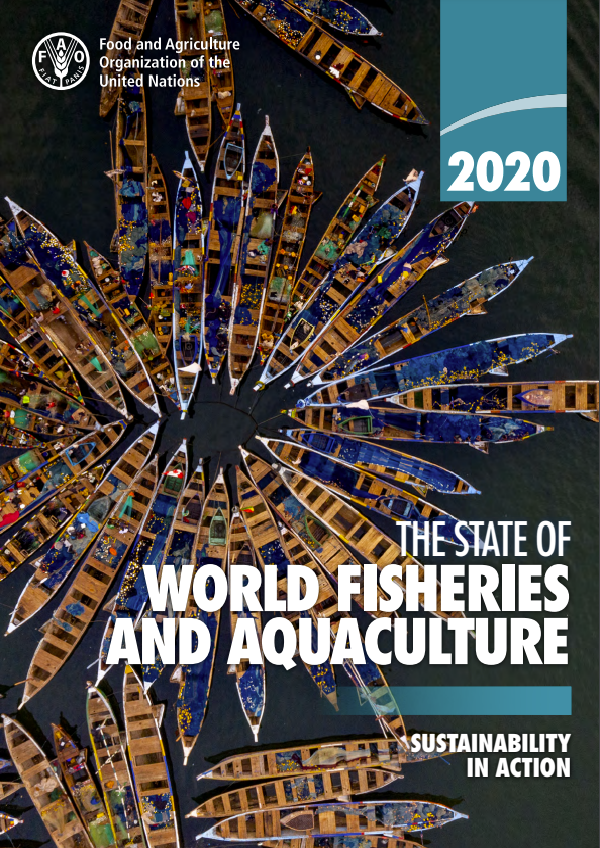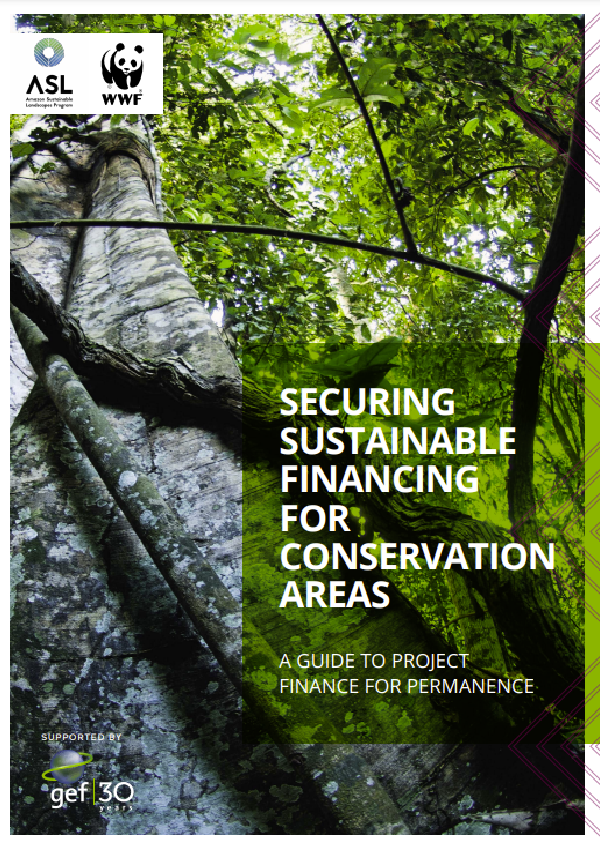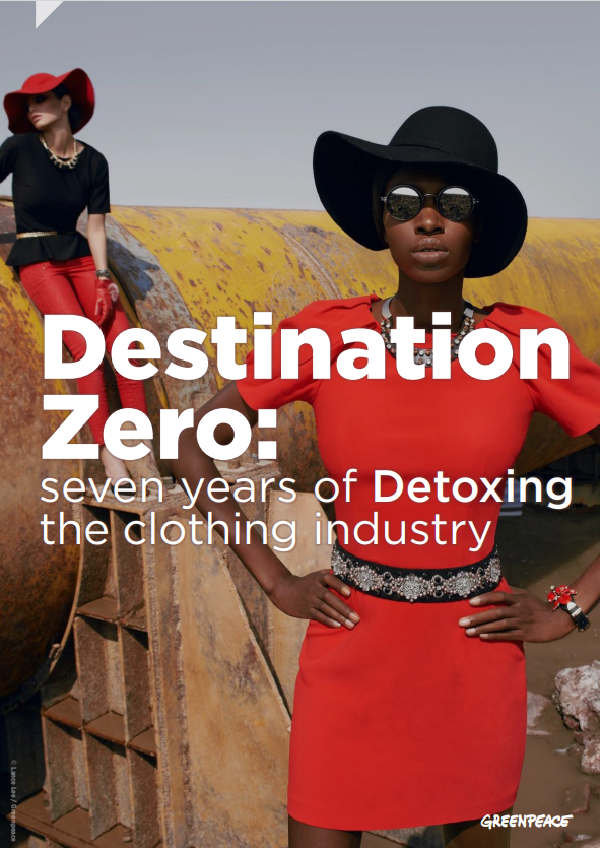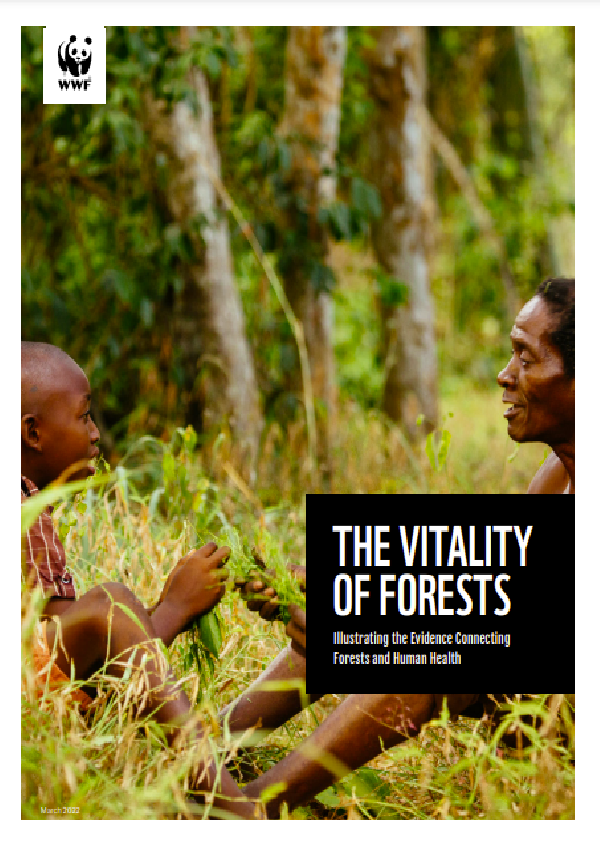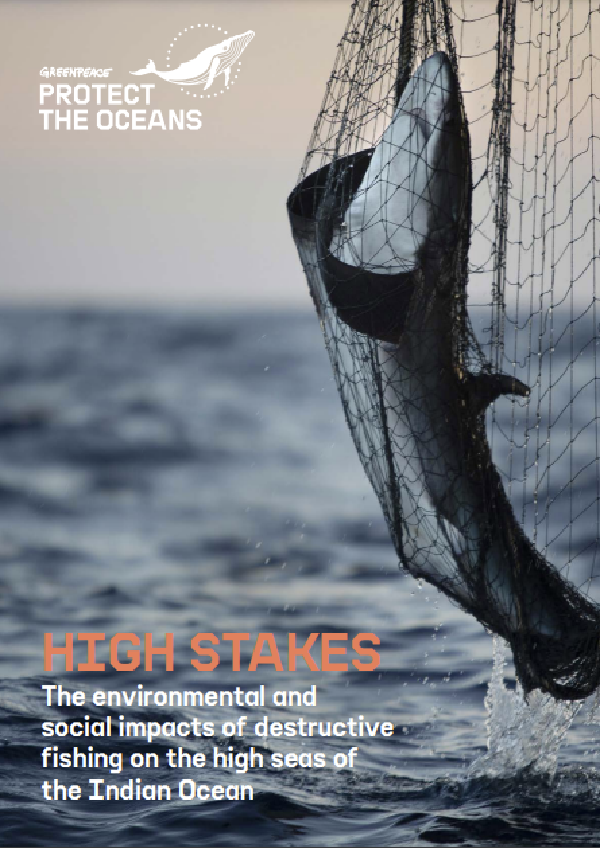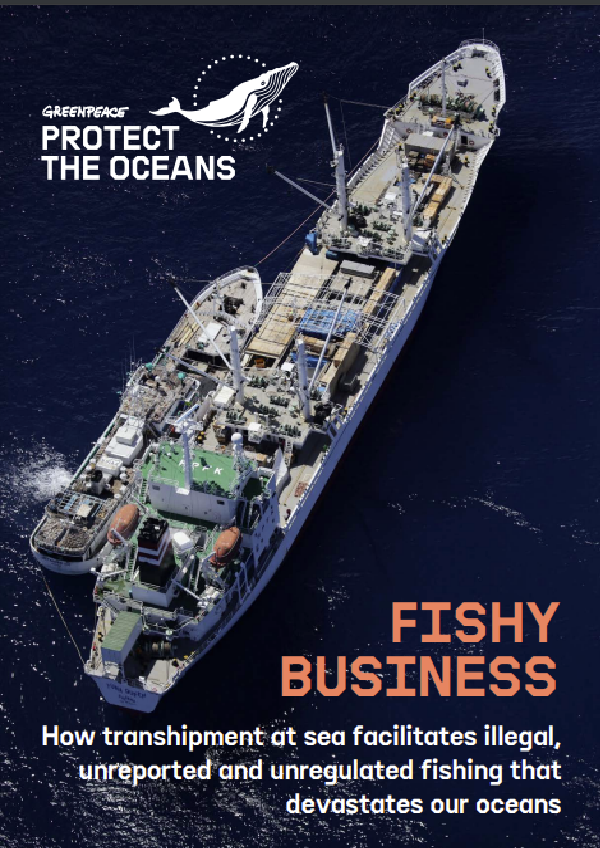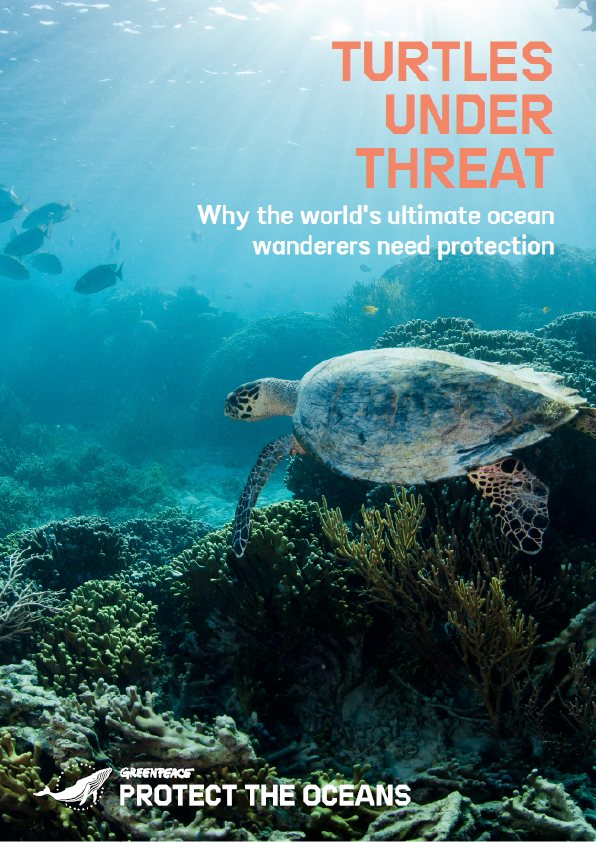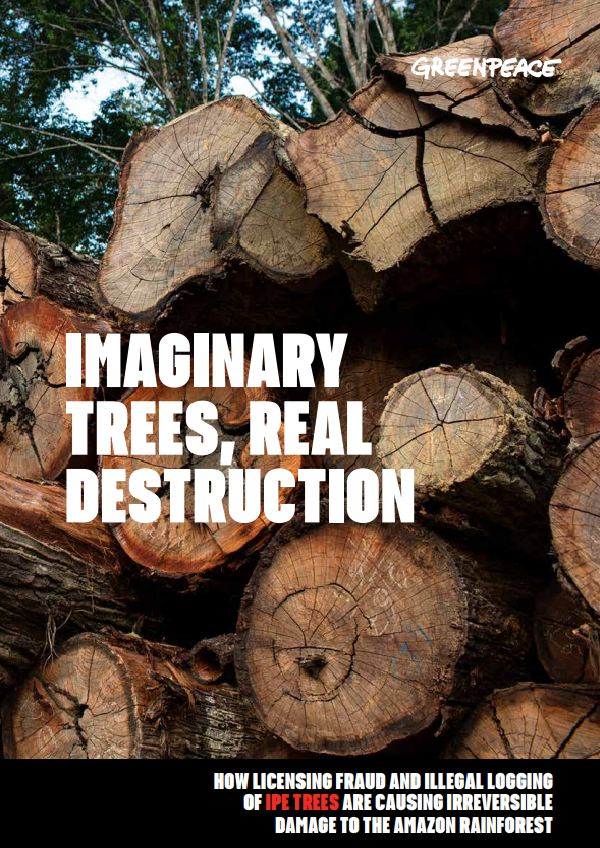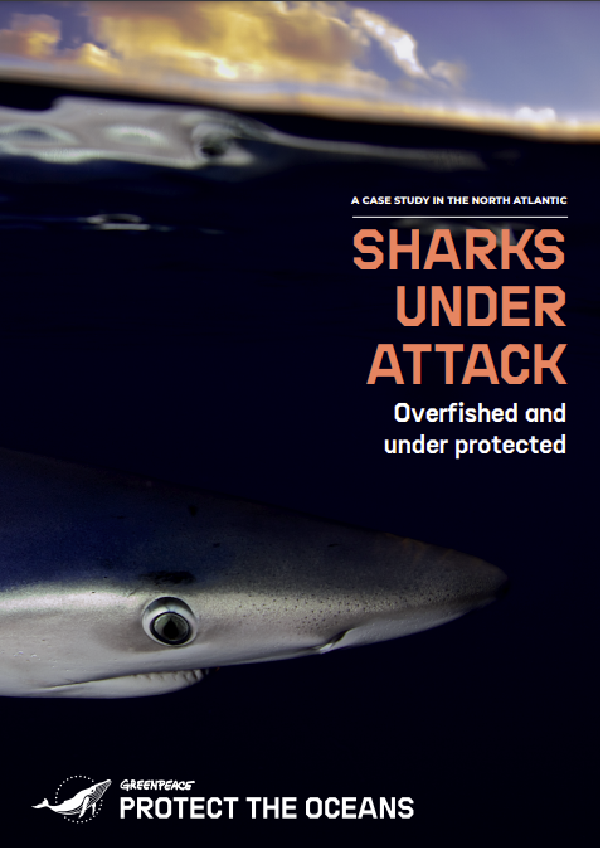The 2020 edition of The State of World Fisheries and Aquaculture has a particular focus on sustainability. This reflects a number of specific considerations. First, 2020 marks the twenty-fifth anniversary of the Code of Conduct for Responsible Fisheries (the Code). Second, several Sustainable Development Goal indicators mature in 2020. Third, FAO hosted the International Symposium on Fisheries Sustainability in late 2019, and fourth, 2020 sees the finalization of specific FAO guidelines on sustainable aquaculture growth, and on social sustainability along value chains.
While Part 1 retains the format of previous editions, the structure of the rest of the publication has been revised. Part 2 opens with a special section marking the twenty-fifth anniversary of the Code. It also focuses on issues coming to the fore, in particular, those related to Sustainable Development Goal 14 and its indicators for which FAO is the “custodian” agency. In addition, Part 2 covers various aspects of fisheries and aquaculture sustainability. The topics discussed range widely, from data and information systems to ocean pollution, product legality, user rights and climate change adaptation. Part 3 now forms the final part of the publication, covering projections and emerging issues such as new technologies and aquaculture biosecurity. It concludes by outlining steps towards a new vision for capture fisheries. The State of World Fisheries and Aquaculture aims to provide objective, reliable and up-to-date information to a wide audience – policymakers, managers, scientists, stakeholders and indeed everyone interested in the fisheries and aquaculture sector.
Scientific developments of the last 50 years have led to a much improved understanding of the functioning of aquatic ecosystems, and to global awareness of the need to manage them in a sustainable manner. Twenty-five years after the adoption of the Code of Conduct for Responsible Fisheries (the Code; FAO, 1995), the importance of utilizing fisheries and aquaculture resources responsibly is now widely recognized and prioritized. The Code has informed the development of international instruments, policies, and programs to support responsible management efforts globally, regionally and nationally. These efforts have been consolidated and prioritized since 2015 to particularly address, in a coherent and coordinated manner, Sustainable Development Goal (SDG) 14 – Conserve and sustainably use the oceans, seas, and marine resources for sustainable development – and other SDGs relevant to fisheries and aquaculture. To this end, the implementation of science-based fisheries and aquaculture management policies, coupled with predictable and transparent regimes for international fish utilization and trade, are widely accepted as minimum substantive criteria for sustainable fisheries and aquaculture. To support evidence-based endeavours, this edition of The State of World Fisheries and Aquaculture presents updated and verified statistics of the sector, and analyses current and emerging issues and approaches needed to accelerate international efforts to achieve the goal of sustainable fisheries and aquaculture.
Global fish production is estimated to have reached about 179 million tonnes in 2018 (Table 12 and Figure 1), with a total first sale value estimated at USD 401 billion, of which 82 million tonnes, valued at USD 250 billion, came from aquaculture production. Of the overall total, 156 million tonnes were used for human consumption, equivalent to an estimated annual supply of 20.5 kg per capita. The remaining 22 million tonnes were destined for non-food uses, mainly to produce fishmeal and fish oil (Figure 2). Aquaculture accounted for 46 percent of the total production and 52 percent of fish for human consumption. China has remained a major fish producer, accounting for 35 percent of global fish production in 2018. Excluding China, a significant share of production in 2018 came from Asia (34 percent), followed by the Americas (14 percent), Europe (10 percent), Africa (7 percent), and Oceania (1 percent). Total fish production has seen important increases in all the continents in the last few decades, except Europe (with a gradual decrease from the late 1980s, but recovering slightly in the last few years) and the Americas (with several ups and downs since the peak of the mid-1990s, mainly due to fluctuations in catches of anchoveta), whereas it has almost doubled during the last 20 years in Africa and Asia.
